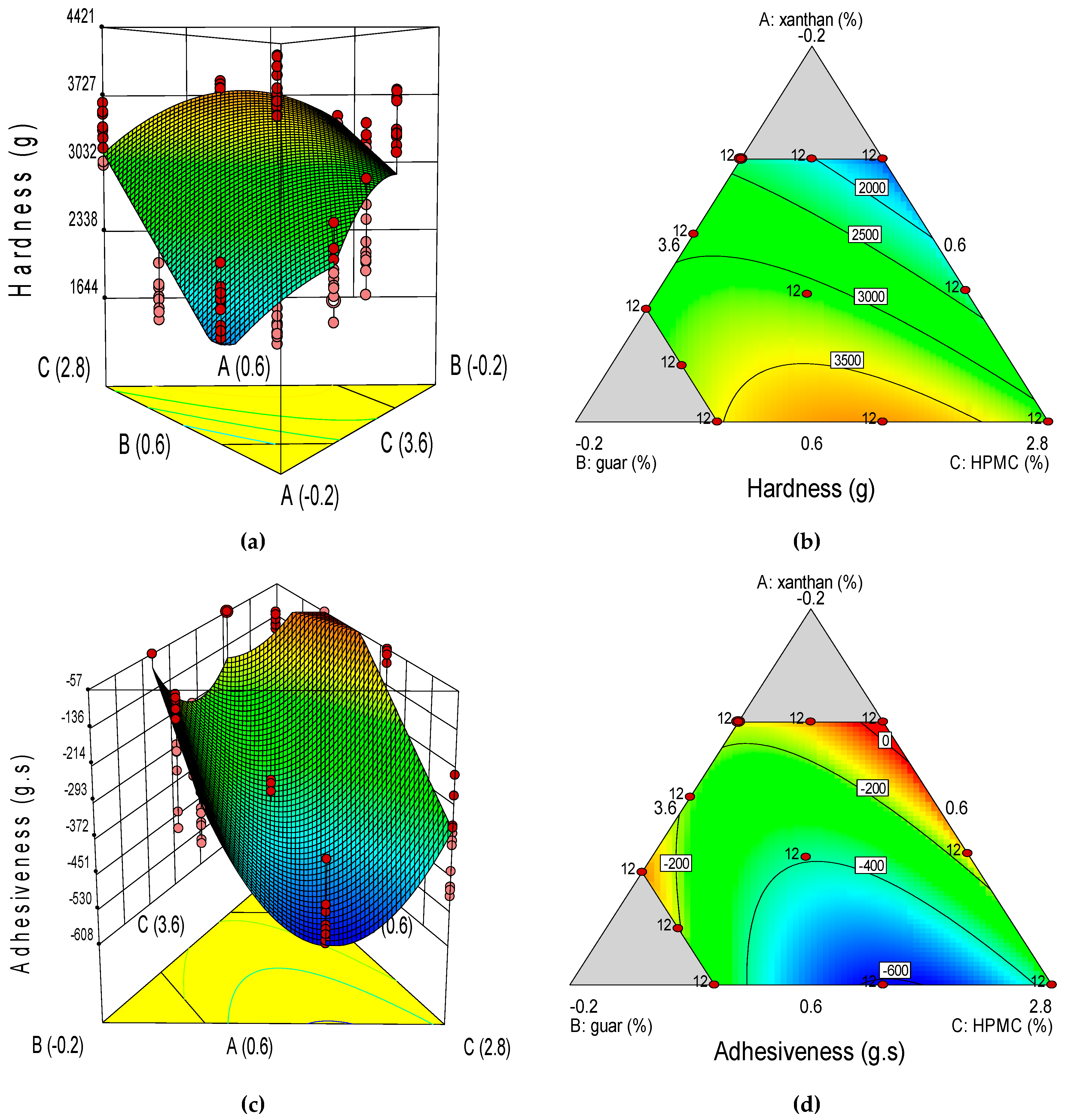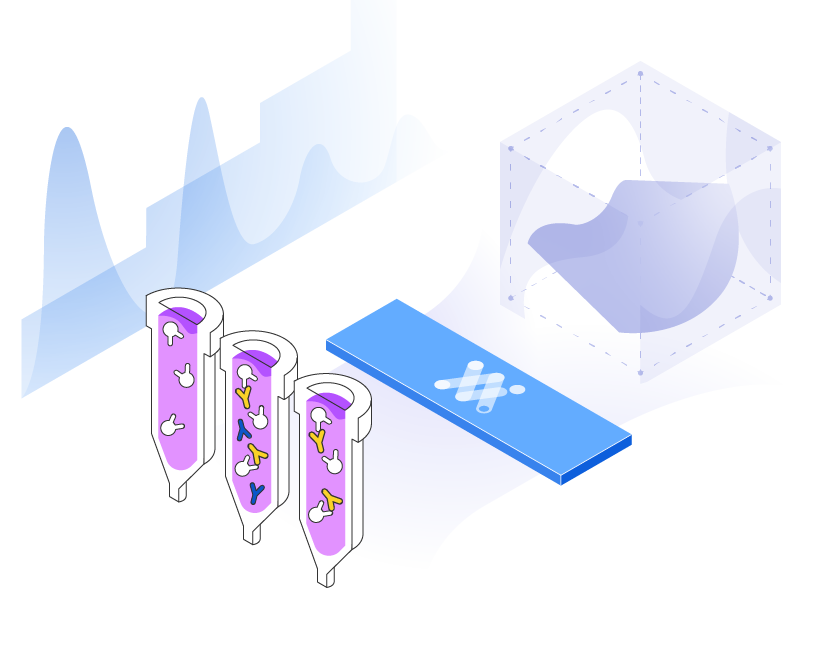Types of Design of Experiments DOE Designs: A Starter Guide
Table Of Content

So, if you used a 2-level full factorial design during the refinement and iteration stage, you only need to add the axial points and replicated center points to achieve an RSM design. Ultimately, assessing a particular fractional factorial is about deciding whether you can determine any of the particular higher order effects that you think might be interesting. Design of Experiments (DoE) is a systematic method to determine the relationship between factors affecting a process and the output of that process. It is used to find cause-and-effect relationships and optimize processes in various fields such as manufacturing, engineering, and pharmaceuticals. This DOE app helps you determine the relationship between factors affecting a process and the output of that process. If you have a payment history need for tax purposes, we are happy to provide you with receipts of payment.
Use Of Design Of Experiments Screening To Select Resins For Monoclonal Antibody Purification - BioProcess Online
Use Of Design Of Experiments Screening To Select Resins For Monoclonal Antibody Purification.
Posted: Fri, 09 Jun 2023 18:25:37 GMT [source]
Fashion Institute of Design & Merchandising - Los Angeles

Thus the second experiment gives us 8 times as much precision for the estimate of a single item, and estimates all items simultaneously, with the same precision. What the second experiment achieves with eight would require 64 weighings if the items are weighed separately. However, note that the estimates for the items obtained in the second experiment have errors that correlate with each other. Since 2002, more than 40,000 students worldwide have participated in the Solar Decathlon’s 10 contests. Many of them have moved on to become leading architects, engineers, and other professions in the buildings industry like those identified in BTO’s Green Buildings Career Map. Short courses (1-5 days) and conferences do not require a student visa.
Chapman University
The relationship between slope gradient and sediment transport performance of subgrade depends on the height of subgrade and the type of subgrade section. For the semi-filled uphill flow subgrade, the sediment transport performance of the subgrade is negatively correlated with the subgrade slope. The research conclusions provide valuable scientific guidance for the design of sand control embankment structures tailored to local conditions for desert highways.
General Design of Experiments
The same is true for intervening variables (a variable in between the supposed cause (X) and the effect (Y)), and anteceding variables (a variable prior to the supposed cause (X) that is the true cause). When a third variable is involved and has not been controlled for, the relation is said to be a zero order relationship. In most practical applications of experimental research designs there are several causes (X1, X2, X3). In most designs, only one of these causes is manipulated at a time.
This evolved in the 1960s when medical advances were previously based on anecdotal data; a doctor would examine six patients and from this wrote a paper and published it. The incredible biases resulting from these kinds of anecdotal studies became known. The outcome was a move toward making the randomized double-blind clinical trial the gold standard for approval of any new product, medical device, or procedure.

So, you can determine main effects and any order of interaction. Full factorial designs, however, involve a large number of runs, increasing exponentially as the number of factors increase. The study of the design of experiments is an important topic in metascience. Main concerns in experimental design include the establishment of validity, reliability, and replicability.
For an audit of your transcript for progress toward completion of a certificate, please complete the transcript request form. Georgia Tech academic or degree credit is only available to matriculated students taking courses that meet degree requirements. If available, discounts will display on the course page or will be automatically applied during the purchase process. Only one coupon code should be entered during the checkout process and will be validated by the system if applicable to items in your cart. If you have already registered and forgot to use your coupon code, you can request an eligible refund.
We always want to estimate or control the uncertainty in our results. Another way we can achieve short confidence intervals is by reducing the error variance itself. However, when that isn't possible, we can reduce the error in our estimate of the mean by increasing n. Plus, we will we have support for different types of regression models. For example, we can estimate what we call a linear model, or an interaction model, or a quadratic model. So the selected experimental plan will support a specific type of model.
The choice depends on your factors and the system’s complexity. The United States will likely need to capture and permanently store approximately 400–1,800 million metric tons of CO2 annually by 2050 to meet its net-zero commitments. You can use it to design an experiment, analyze experimental data and optimize output.
A B-2 Tourist Visa, along with a copy of your registration confirmation email and a copy of your completed web registration order page, should suffice. If your employee is concerned about losing a seat in a class because of internal company processes, we suggest that they go ahead and register and pay with a personal or corporate credit card and seek reimbursement. Courses that offer group discounts will display the discount code on the course page.
Walk-in registrations are accepted based on space availability but are not guaranteed for any courses. There is no special process or form to register your group. All interested learners must create and manage their own individual profiles, accounts, and registrations. In addition this course will provide hands-on experience through Statapults, simulations, and case studies. A brief introduction into specialized DOE software will also be used as a means to gain experience into the tools DOE practitioners use to build and analyze their experiments.
In addition to the projects announced today, FECM has committed an estimated $842 million since January 2021 for projects that advance research, development, and deployment of carbon dioxide transport and storage. This total includes $6 million in Bipartisan Infrastructure Law funding for two projects that will perform FEED studies for regional CO2 pipeline networks. This progress is essential to help drive economic development, technological innovation, and high-wage jobs as we build a clean energy and industrial economy. A fractional factorial design takes a rational sample of the experimental landscape to provide a balanced, structured design that generates explanatory and predictive models. Full factorial designs investigate all possible combinations of factors and levels.
Design of Experiments (DOE) is a methodology that can be effective for general problem-solving, as well as for improving or optimizing product design and manufacturing processes. Specific applications of DOE include identifying proper design dimensions and tolerances, achieving robust designs, generating predictive math models that describe physical system behavior, and determining ideal manufacturing settings. This course utilizes hands-on activities to help you learn the criteria for running a DOE, the requirements and pre-work necessary prior to DOE execution, and how to select the appropriate designed experiment type to run. You will also receive an overview of Robust DOE, including the Taguchi DOE Method. Aliasing forms the foundation of fractional factorial designs—and it’s something that you have to bear in mind when assessing them.
Zooming out and picturing what we have done on a map, we can see that we have only been exploiting a very small part of the entire experimental space. The true relationship between pH and volume is represented by the Contour Plot pictured below. We can see that the optimal value would be somewhere at the top in the larger red area. The same problems of having “low resolution” will apply to your DOE design. As when it comes to fitting a model to your data, if your DOE has a really low resolution, you won’t be able to tell the difference between effect a) and effect b). Whereas if you have a “high resolution”, distinguishing between one effect and another is easy.
Probably many factors, temperature and moisture, various ratios of ingredients, and presence or absence of many additives. Now, should one keep all the factors involved in the experiment at a constant level and just vary one to see what would happen? This is one of the concepts that we will address in this course. DOE is about creating an entity of experiments that work together to map an interesting experimental region. So with DOE we can prepare a set of experiments that are optimally placed to bring back as much information as possible about how the factors are influencing the responses. Another important application area for DOE is in making production more effective by identifying factors that can reduce material and energy consumption or minimize costs and waiting time.
Comments
Post a Comment